
Concrete is an essential building material because of its strength and durability. Concrete'sOn the other hand, concrete's porous nature helps it absorb water and soluble salts, which can be harmful. Furthermore, when steel reinforcement is embedded in concrete to increase its strength, the concrete's absorption of salts, especially chlorides, causes corrosion. As a consequence, shielding concrete from the elements can be crucial to retaining its function over time. A popular solution is to apply concrete sealers to new or existing concrete surfaces.
Sealers act as water repellents when applied to concrete, preventing or minimizing water penetration and soluble pollutants such as chlorides into the porous concrete layer. Sealers are usually used in above-grade applications where concrete is exposed to moisture daily. Parking decks and other exterior concrete surfaces where thicker film coatings are not needed are good examples of sealed concrete areas. Block and masonry walls are also good options for sealing concrete surfaces. Sealers come in a variety of shapes and sizes, but silicon-based materials are the most popular.
Sealers work by reacting with the inorganic concrete's components to fill pores, making it impossible for water to reach the surface. While sealers cannot prevent pressure-driven water from entering the concrete, any water that is absorbed will be able to evaporate due to sealer materials' water vapor permeability. Sealers will last for several years depending on the concrete surface, individual repellent properties, and service environment.
Sealers are low viscosity products made from water or a solvent. The low-pressure spray is commonly used to apply them to concrete surfaces. The sealer protects the concrete by entering its pores and leaving just a thin film on the surface. As a consequence, light coverage is a widespread concern. Because of the thin viscosity, determining the correct application can be difficult.
Compared to traditional organic compounds, silicon-based compounds resist oxidation and give good thermal stability and heat resistance, making them one of the most common repellents. They're also resistant to UV radiation (sunlight) and water, making them excellent water-repellent materials. The silicon-based material's hydrophobic nature repels water from the concrete surface, allowing water droplets to bead. Silanes, siloxanes, and silicates are silicon-based sealants. Silicates work differently from silanes and siloxanes, which penetrate the concrete and fill the pores. This system is represented with the calcium hydroxide in the concrete, obstructing rather than filling the pores. Since they "harden" the top surface, some silicate sealer products are also known as densifiers. Usually, these densifying materials are used on polished concrete surfaces.
Other "sealer" products based on organic resins, such as acrylics, epoxies, or polyurethanes, can penetrate concrete surfaces to a degree. Still, they are likely to form a thin film on the surface as well.
The amount of material that should be added is calculated by the coverage rate for a given product, which may differ depending on the concrete's characteristics. The type of finish or surface roughness, as well as whether the product is new or old, and its general condition, are all important factors that affect coverage rates. In most cases, one or two coats are required, depending on the quality of the concrete. Even if coverage rates for each coat are not reported for a product, the second coat's coverage rate is assumed to be lower than the first.
Different sealer models have a broad range of longevity, ranging from one year to several years. Materials made of linseed oil have the shortest service life, while materials made of silane or siloxane have the longest. Depending on the service setting, sealers must be reapplied regularly.
Blast cleaning is one of the mechanical abrasion methods for concrete that can be done with care. The aim is to roughen the surface without causing any harm or gouging that would necessitate repair. Blast cleaning can necessitate lower blast pressures and a longer stand-off time. Wet abrasive blasting is an alternative to conventional blast cleaning that involves injecting water into the air stream to propel abrasive (similar to dry abrasive blasting) or injecting abrasive into a water stream to propel abrasive similar to dry abrasive blasting) (similar to pressurized water cleaning.
Water, soluble salts, and other contaminants cannot penetrate porous concrete if sealers are correctly applied, extending the concrete's service life. Sealers can also shield embedded reinforcing steel from damaging freeze/thaw cycles in outdoor environments.
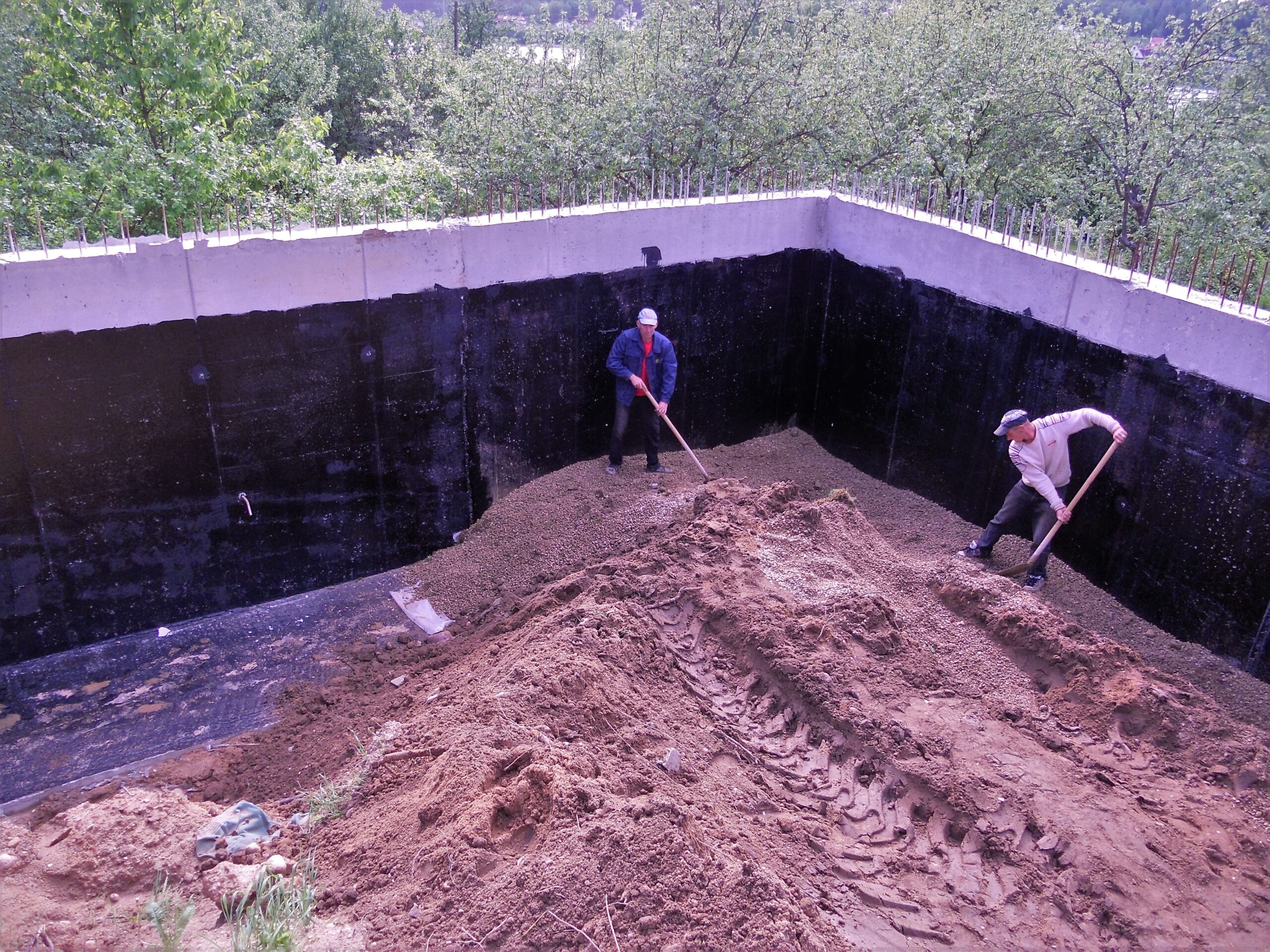
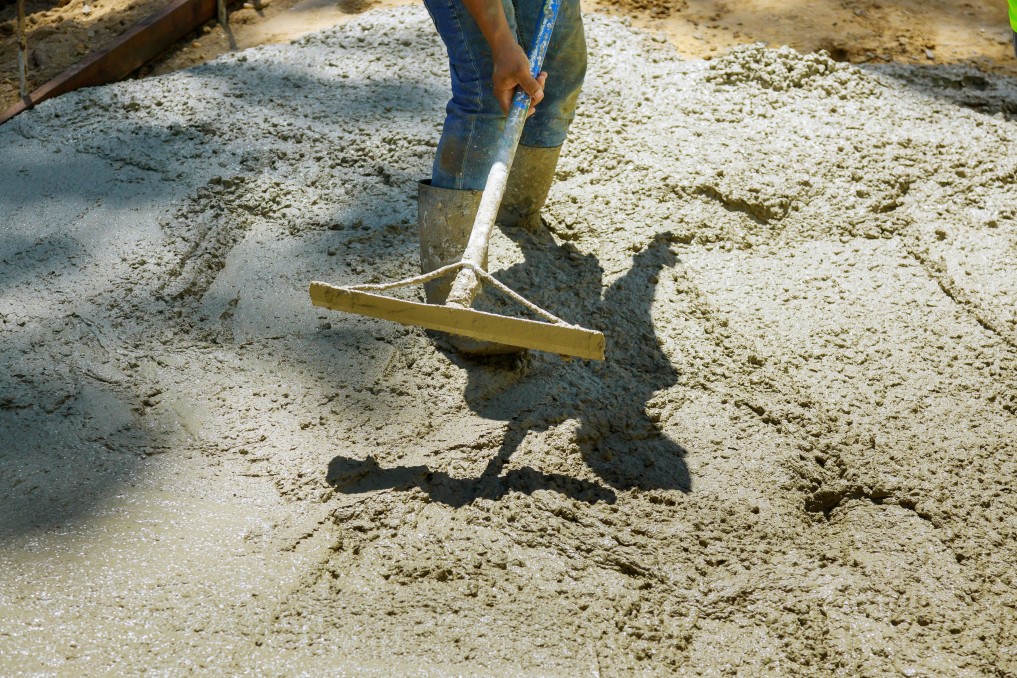

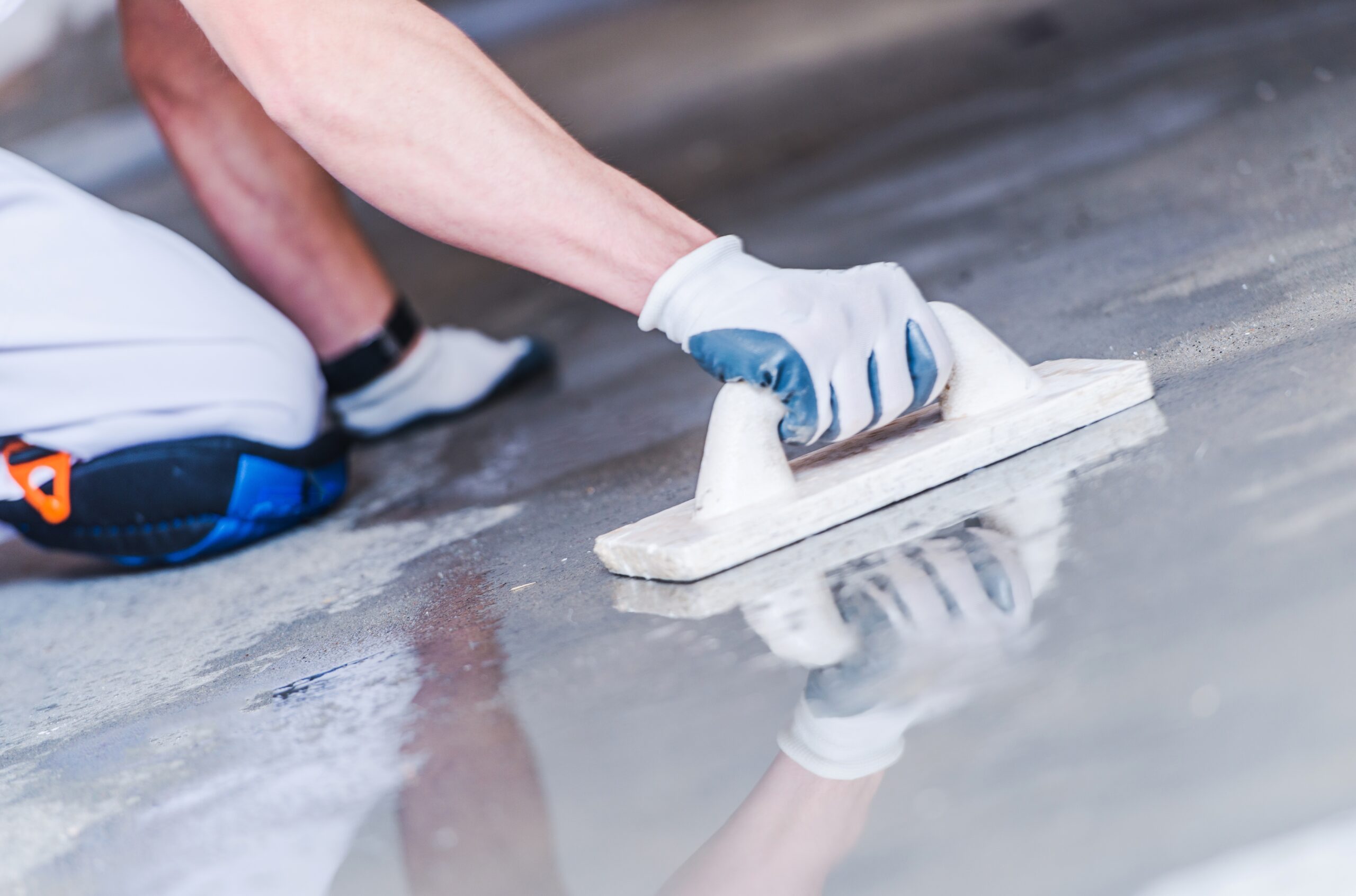
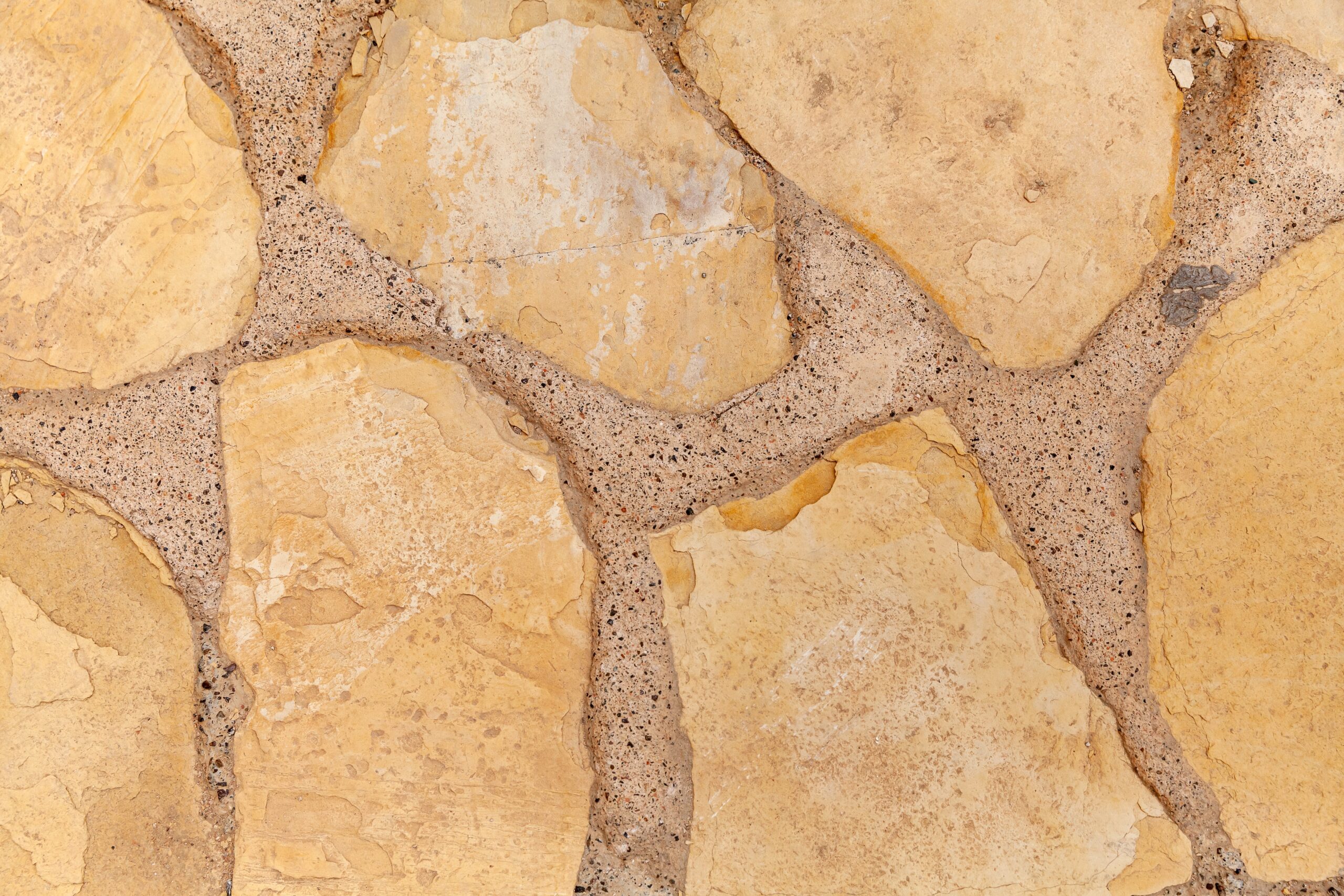

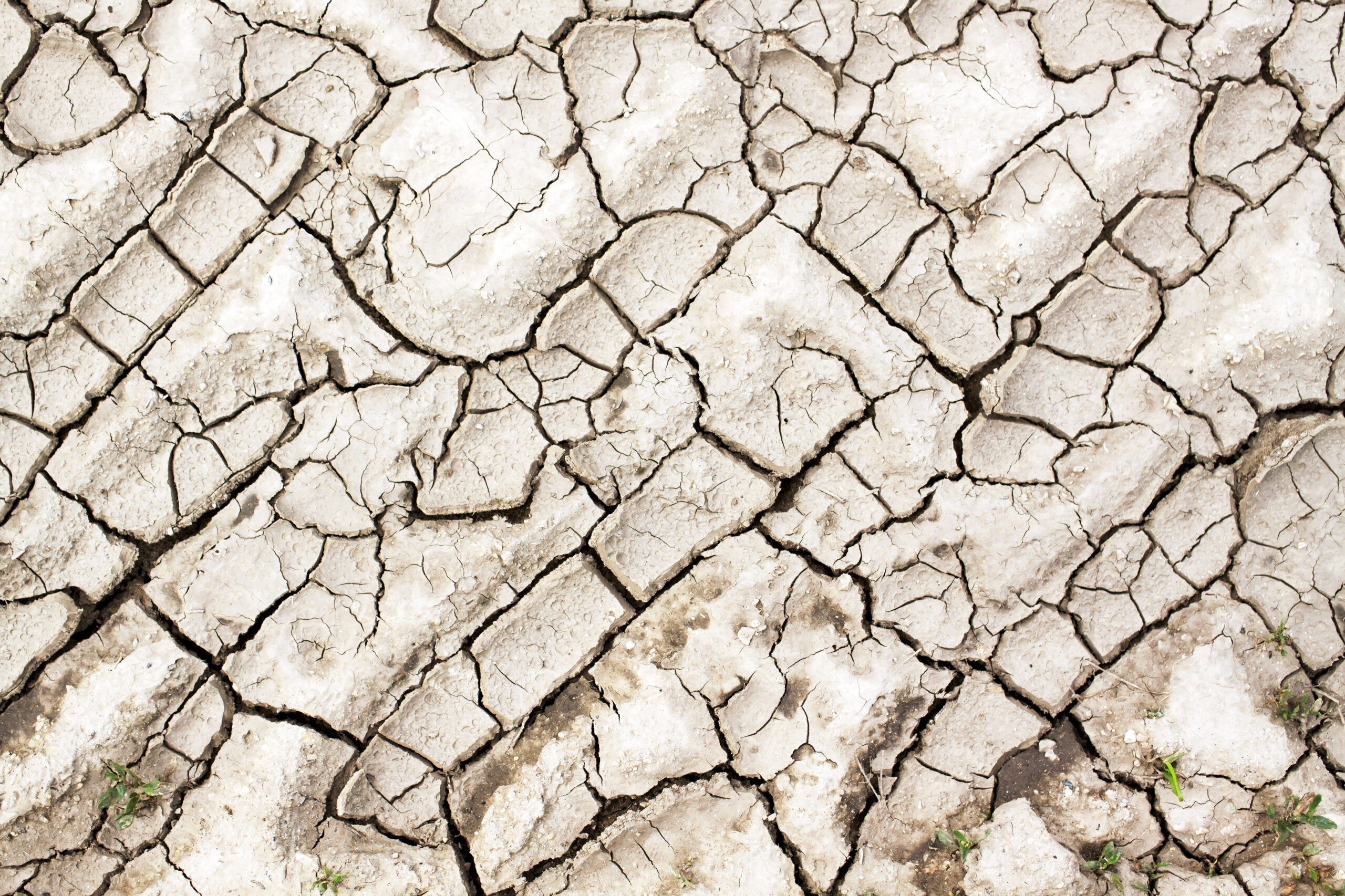


Brothers Concrete Contractors
© Copyright 2020 -All Rights Reserved by BizBitz